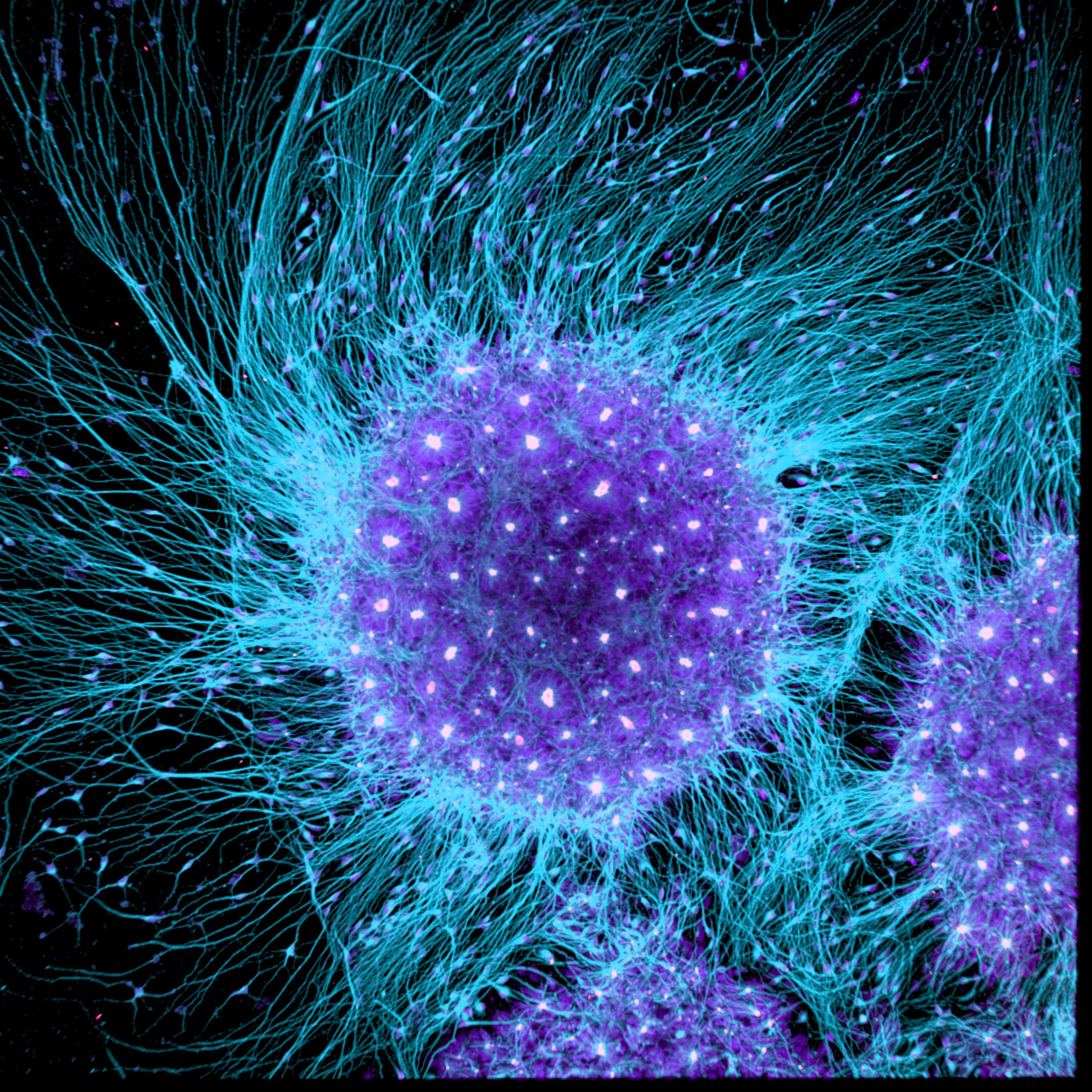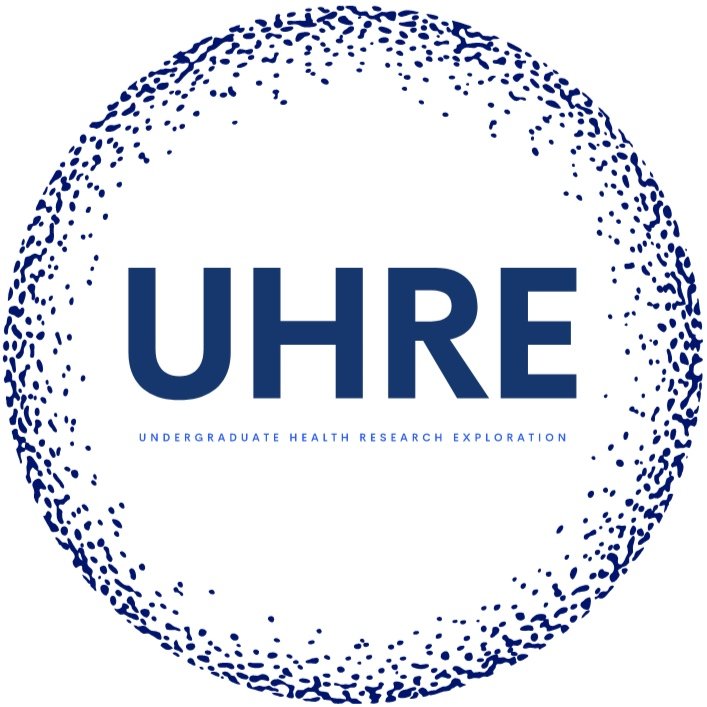
The Conference for Undergraduate Health Research (CUHR) 2024
Canada’s first Health-Focused undergraduate research conference.
CUHR 2024 Conference Theme: From Lab to Life: Bridging Research and Application
On May 10th, 2024, UHRE ran its third annual Conference for Undergraduate Health Research (CUHR) with over 110 presenters from 4 nations.
This year's Undergraduate Research Conference at York University was an inspiring celebration of academic exploration and innovation. This vibrant event brought together brilliant minds from around the world and within our own esteemed institution, providing a platform for undergraduate students to showcase their pioneering research efforts.
The atmosphere was electric with excitement as participants from various disciplines presented their findings, igniting intellectual conversations and fostering a spirit of collaborative discovery. The conference served as a melting pot of ideas, where students exchanged insights, challenged perspectives, and forged connections that crossed geographical boundaries.
The event highlighted the remarkable breadth and depth of undergraduate research, proving that innovation knows no limits. From groundbreaking scientific discoveries to projects with profound social impact, the presentations reflected the passion and dedication of the next generation of scholars.
Conference Awards
-
Valued at $500, and will be awarded to a CUHR presenter whose research and presentation are exceptional and address issues/topics related to health equity.
The winner of the Faculty of Health Dean’s Excellence Award for Research in Health was Jaryeon Lee
You can find their abstract below:
Presenter: Jaryeon Lee
Title: The role of sex and metabolic disturbance in muscle stem cell fate decisions
Abstract: The integrity of skeletal muscle heath is maintained by the perpetuating process of muscular regeneration. Key players to this integral process are adult muscle stem cells (MuSCs), as they contribute to successful regeneration through several fates, such as replenishing their pool through self-renewal, or by differentiating to make more muscle fibers. Exploring the factors that regulate MuSC fate choices opens possibilities of potential regenerative therapies for myopathies, such as a muscle wasting disease prevalent with age known as sarcopenia. However, creating tailored therapies proves challenging as research has preferentially chosen male subjects over females, neglecting the possible sex-specific mediators in regulating MuSC behaviours. More specifically, there is insufficient knowledge to whether sex differences combined with metabolic disturbances exert influence in MuSC fate decisions. By investigating sex differences, we aim to show the potential of using a targeted approach to manipulate MuSC fate decisions based on sex differences. Thus, the following mouse study group have been set up (n=4 for each condition) consisting of female and male mice, being fed either a normal diet or a high fat diet, as well as ovariectomizing or castrating mice (as control for possible hormonal effects). We use a well-established ex vivo myofiber isolation method to analyze the MuSCs in their niche. This method allows for the tracking of MuSC self-renewal or commitment through immunofluorescent staining of MuSC markers, Pax7 and MyoD, then imaged through confocal microscopy. To date, I have stained and imaged all instances of MuSCs on fibers cultured for 4-, 48-, and 72-hours and enumerated the instances of MuSC selfrenewal and differentiation. Hopefully, this project will lead to a paradigm shift in the existence of potential sex differences in MuSCs which can be used to customize the delivery of specific myopathic treatments to increase the efficacy based on the patient’s differences.
-
Valued at $500, and will be awarded to a CUHR presenter whose research and presentation are exceptional and involve collaborations between at least 2 different researchers and/or institutions/organizations from different disciplines.
The winner of the Faculty of Health Dean’s Excellence Award for Interdisciplinary Collaborations was Patricia Monica Forbes.
You can find their abstract below:
Presenter: Patricia Monica Forbes
Title: Deconstructing the Overrepresentation of Children with Intellectual and Developmental Disabilities in Child Protective Services
Abstract: Equity-deserving groups, particularly caregivers who are racialized and children with an intellectual or developmental disability (IDD), are disproportionately involved with child protective services (CPS). Mental health challenges are common in caregivers who are CPS involved. However, no known research has examined the intersection of these factors and its association with CPS involvement. This is a critical gap in knowledge that has potentially important implications for equity in our health and other public service systems. The current study addresses this limitation by examining race and caregiver mental health as predictors of CPS involvement in children receiving care related to IDD, as well as the impact of race, CPS involvement, and caregiver mental health on service engagement/usage. A retrospective review of charts from 467 patients (aged 0-17 years) who received care for IDD at a hospital pediatric clinic was completed, coding for race, caregiver mental health, current CPS involvement, and service usage (frequency, type). Preliminary findings indicate 12.5% of families were CPS-involved with the highest proportion being Indigenous (4 of 9) or White (16 of 89). Caregiver mental health concerns were common (30.8%) and were significantly associated with CPS involvement. Examining the proportion of charts noting caregiver mental health concerns by race, were greatest for White (47%) or Indigenous (88.8%) caregivers. Service usage findings are currently underway and will be discussed.
Findings support the need for mental health services for caregivers of children with IDD. Future research is needed to explore if this relation is moderated by race. The high proportion of caregiver mental health and CPS involvement for Indigenous families mirrors the disproportionate rates in provincial reports. Higher rates of CPS involvement and mental health concerns for White caregivers has not been documented and may reflect characteristics of who is accessing pediatric care and existing inequities.
-
Valued at $350, and supported by the founding dean of the Faculty of Health at York University, Dr. Harvey Skinner, the Harvey Skinner Research Impact Award is awarded to the student whose work best exemplifies the theme “Agents of Change”. Students who have used their research as an inspiration to create initiatives or contribute to their community are best eligible for this award. This award is open to all students, and we give presenters the opportunity to share how their work has had a positive impact!
The winner of the Harvey Skinner Research Impact Award was Finnoula O'Neil-King.
You can find their abstract below:
Presenter: Finnoula O'Neil-King
Title: Psychological Distress in Individuals with Self-Identified Post-SSRI Sexual Dysfunction
Abstract: Post-SSRI sexual dysfunction (PSSD) is an iatrogenic condition characterized by sexual dysfunction persisting after selective serotonin reuptake inhibitor (SSRI) discontinuation. PSSD symptoms include decreased libido, erectile dysfunction, delayed ejaculation, anorgasmia, and genital anesthesia (Peleg et al., 2022), alongside adverse effects on quality of life and alongside profound distress (Studt et al., 2021). However, little is known about what factors may mitigate distress in individuals with PSSD. In this cross-sectional study of 168 individuals with self-identified PSSD, participants provided ratings of PSSD-related distress and completed validated measures assessing psychological wellbeing, sexual function, relationship quality, and social support. It was expected that participants with higher levels of sexual dysfunction would display higher levels of distress, and that higher levels of perceived social support would be associated with lower levels of distress. Results revealed a significant positive relationship between level of sexual dysfunction and distress, which correlated with depression scores. Lower sexual desire was also associated with greater distress. Individuals in relationships reported lower distress compared to unpartnered individuals. Greater frequency of community support was associated with lower distress and depression scores. Distress scores remained significantly greater in high sexual dysfunction severity cohorts, even after controlling for social support covariates. These results suggest a robust relationship between distress and severity of sexual dysfunction among individuals with PSSD and underscore the potential buffering role of perceived social support in mitigating distress.
-
Valued at $200, and awarded to a CUHR presenter who demonstrates research excellence in the field of hematologic disorders or issues/topics related to blood.
The winner of the York University’s Blood Initiative Research Award for Hematologic Excellence was Matin Borhani.
You can find their abstract below:Presenter: Matin Borhani
Title: Cerebral Blood Flow Responses Following High-intensity Dynamic Resistance Exercise Across Menstrual Cycle Phases
Abstract: Introduction: Immediately following resistance exercise (RE), the cerebrovascular system is challenged with the task of restoring homeostatic perfusion levels. However, the recovery dynamics of the cerebrovascular system after high-intensity resistance exercise (HIRE) are not well established. Additionally, research in this field has predominantly recruited male participants which limits the generalizability of such studies. This is particularly relevant, as fluctuating sex hormones, such as estrogen and progesterone, affect the vascular system though their influence on cerebrovascular control and exercise response remains unclear. Objective: To better understand the cerebral hemodynamic recovery responses immediately after HIRE across menstrual cycle phases (MC). Methods: 11 naturally cycling females were screened and recruited to participate in the study. The protocol involved 3 sets of 3 repetitions of bilateral leg-press at participants’ estimated 90% one repetition maximum. After each set, participants were given 3 minutes to rest. Protocol was completed once during the early follicular and a second time during the mid-luteal phase on two separate occasions. Instrumentation included Transcranial Doppler (TCD) ultrasound, Non-Invasive Blood Pressure (NIBP) device, and Electrocardiogram (ECG) to measure middle cerebral artery blood velocity (MCAV), continuous blood pressure, and heart rate respectively. Results: Repeated measures two-way ANOVA indicated main effect of time (p<0.05) and menstrual cycle phase (p<0.05) on MCAV measurements. No interaction effects between time and menstrual cycle phase were observed. Conclusion: Our study suggests that cerebral hemodynamic responses post-HIRE may be different across menstrual cycle phases. As such future studies are encouraged to be mindful of and report where female participants are within their menstrual cycle at the time of participation in similar studies to limit confounding influences of sex hormones on cerebrovascular responses.
Photos
Subscribe for Updates
Questions?
Contact us at uhreyorku@gmail.com or through the Contact page on our website for any questions about CUHR, or the Undergraduate Health Research Exploration program.






